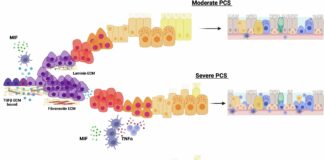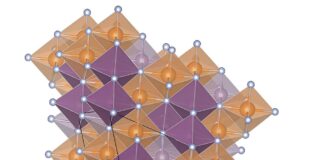A teenage musician’s experiment suggests that listening to binaural beats while studying might be more effective than background tunes like popular video game music.
Toby Lam, a 14-year-old aspiring chemist and piano player, became curious about the impact of sound on focus after learning that attention spans have been declining in recent decades. He wondered if music could help combat this trend. For his experiment, Toby recruited 65 participants for an online study where they played a simple visual task requiring quick reactions.
One-third of the participants worked silently, another third listened to the iconic Tetris theme song during half the task, and the final group experienced binaural beats — slightly different tones played in each ear that create the perception of a pulsing rhythm.
The results showed those listening to binaural beats outperformed the other groups in terms of both reaction time and accuracy on the task. Interestingly, participants exposed to the Tetris theme song had the lowest performance scores. Toby believes these findings could provide valuable insights for students seeking better ways to concentrate while studying.
Although intriguing, Toby acknowledges that the study’s results aren’t statistically definitive. This means there’s still a chance the observed trends were simply due to random variation. However, he considers this a promising starting point for further research into how sound influences attention.
Toby envisions future studies with longer exposure times to music and suggests exploring potential connections between musical training and focus levels, as his preliminary data hinted at an advantage for musically inclined participants.
For young researchers just starting out, Toby emphasizes the power of online resources like Google to help formulate research ideas. He also stresses the importance of perseverance, reminding aspiring scientists that setbacks are an inevitable part of the learning process. “Failure isn’t a problem,” he says; “That’s part of the experimental process.”























